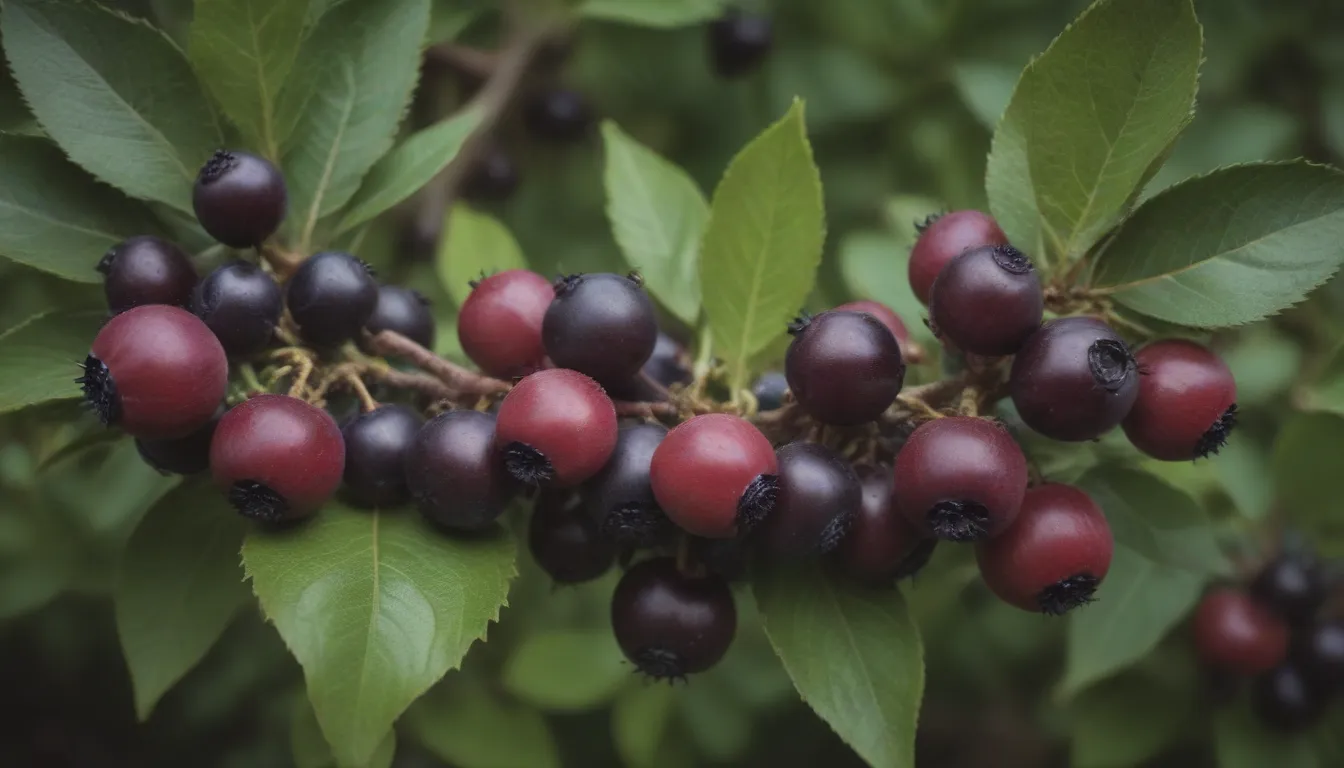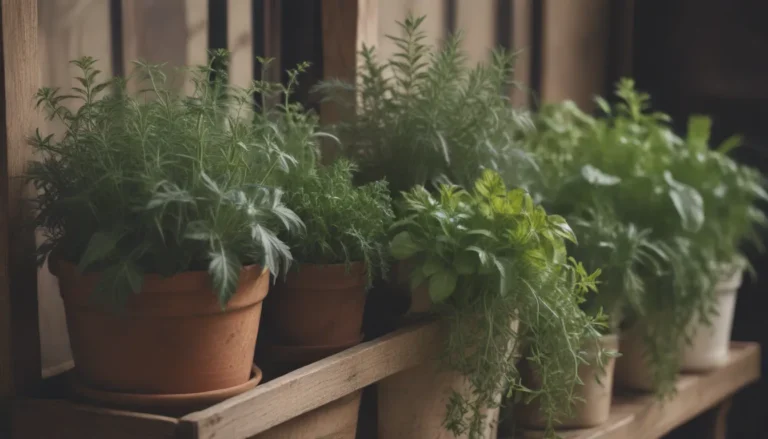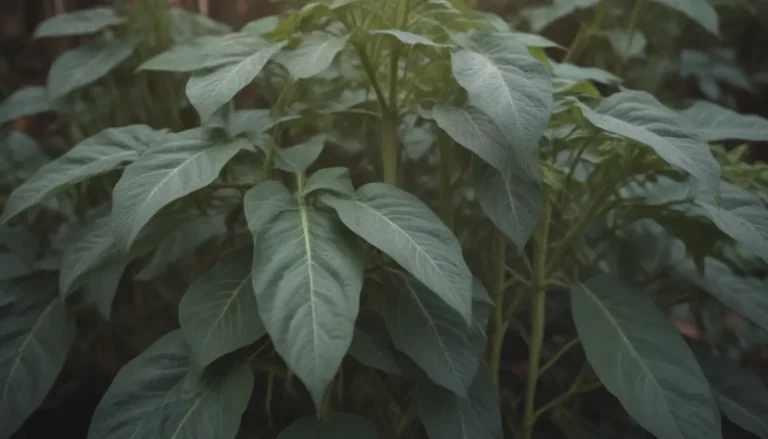The Ultimate Guide to Growing and Caring for Black Chokeberry

Black chokeberry, also known as Aronia melanocarpa, is a versatile shrub native to the eastern part of North America. With its striking dark green leaves, vibrant flowers, and delicious fruits, black chokeberry is a popular choice for landscaping. In this comprehensive guide, we will delve into everything you need to know to successfully grow and care for black chokeberry in your garden.
Getting to Know Black Chokeberry
Black chokeberry is a deciduous shrub that typically grows in an upright and rounded shape. Its glossy, dark green leaves are lanceolate or elliptical in shape, measuring around 1 to 3 inches in length. In the fall, the foliage transforms into a beautiful red to reddish-purple color before dropping off for winter. The shrub produces clusters of small five-petaled flowers in the spring, followed by purplish-black to black fruits resembling blueberries in late summer to fall. Black chokeberry has a slow to moderate growth rate and can be planted in either the fall or spring.
Black Chokeberry Care Tips
Taking care of black chokeberry is relatively easy, as this shrub is highly adaptable and hardy. Here are some essential care tips to ensure your black chokeberry thrives:
Light: Plant your black chokeberry in a location that receives full sun for optimal flowering and fruiting. The shrub can also tolerate partial shade, but full sun is preferable for robust growth.
Soil: Black chokeberry is versatile and can thrive in various soil types, including sandy, clay, and loamy soil. It can also tolerate some salt in the soil, making it suitable for roadside planting.
Water: While black chokeberry can withstand drought and occasional flooding, it is best to water the shrub during prolonged dry spells and hot weather.
Temperature and Humidity: The shrub is resilient to both cold and hot temperatures within its growing zones. Ensure adequate air circulation to prevent fungal diseases.
Fertilizer: Black chokeberry typically does not require supplemental fertilization unless the soil is nutrient-deficient. Adding compost during planting and applying a light layer of compost annually can promote healthy growth.
Types of Black Chokeberry Cultivars
There are several cultivars of black chokeberry to consider, each with its unique characteristics:
- ‘Autumn Magic’
- ‘Iroquois Beauty’
- ‘Viking’
- ‘McKenzie’
Pruning and Propagating Black Chokeberry
Pruning black chokeberry is a straightforward task that involves shaping the shrub after flowering and removing any dead or diseased branches. You can also propagate black chokeberry through softwood cuttings in late summer for fast and easy reproduction.
Growing Black Chokeberry From Seed
While propagating black chokeberry from seed is possible, it can be challenging due to the seeds’ need for cold stratification. Propagation from seed is not recommended if you are looking to replicate a specific cultivar.
Potting and Overwintering Black Chokeberry
Black chokeberry can be grown in a container, provided it is large enough and has adequate drainage. Overwintering the shrub is typically not a concern, as it is well adapted to winters within its growing range. However, protecting the shrub from late frosts can help preserve blooms and fruiting for the season.
Common Pests and Diseases
Black chokeberry is relatively resistant to pests and diseases, with occasional issues such as leaf spots and fruit blight being the main concerns. Regular monitoring and proper care can help mitigate these problems.
Maximizing Blooms and Addressing Common Issues
If your black chokeberry is not blooming, consider factors such as sunlight exposure and pruning timing. Late pruning can unintentionally remove flower buds, so be sure to prune after the shrub has finished flowering. Additionally, monitor for unwanted sucker growth to prevent the shrub from spreading uncontrollably in your landscape.
Fun Facts About Black Chokeberry
- Native bees and other wildlife are attracted to black chokeberry for its nectar, making it a valuable plant for local ecosystems.
- The berries of black chokeberry are edible but extremely bitter when eaten raw, hence the name “chokeberry.” They are commonly used in cooked recipes such as jellies, jams, and pies.
In conclusion, black chokeberry is a beautiful and versatile shrub that can enhance any garden or landscape. By following the care tips outlined in this guide, you can enjoy the beauty of black chokeberry while supporting local wildlife and ecosystems. So go ahead, plant a black chokeberry shrub in your garden and watch it thrive with minimal maintenance and care.





